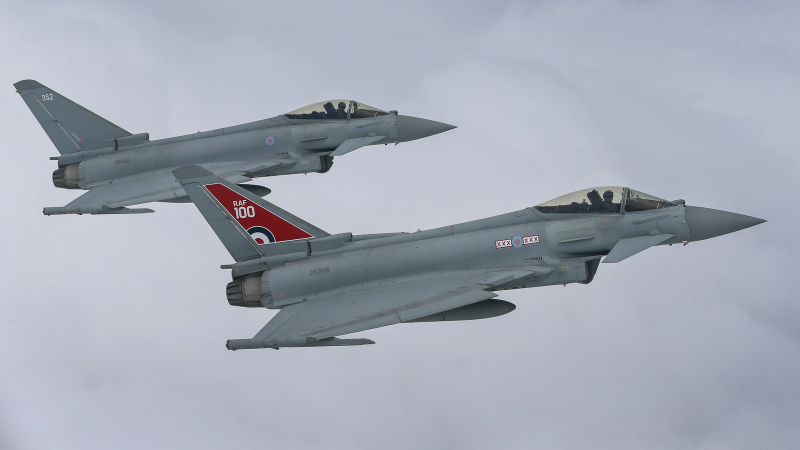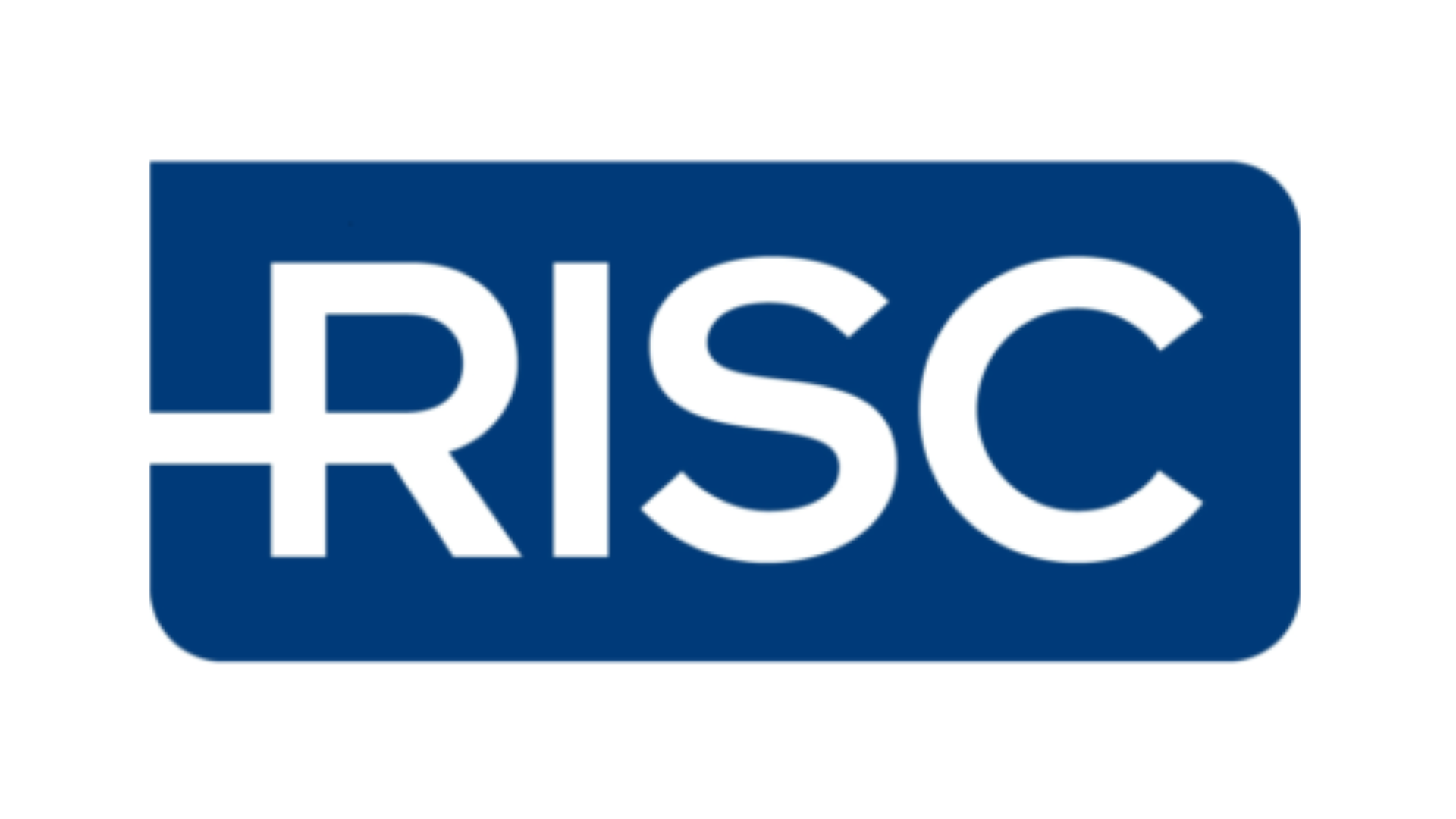
Introduction
The Air Capability Symposium took place on the 7 and 8 of April at the Farnborough International Conference Centre. The rapid development of new technology and increased digitisation has shifted the RAF’s objectives, with a greater focus on accelerating modernisation and boosting the agility of operations.
During the Symposium, there were talks and discussions around the following topics:
- Multi-Domain Integration
- Synthetic Environment and next generation training
- Defence as the integrator / agile acquisition
- Next generation support
Multi-domain integration
The main concept of Multi-Domain Integration (MDI) is to coherently integrate across the aerial, land, maritime, cyber and space domains from different parts of government and allies, forming one “ecosystem”.
Projects like Nexus and Raven were presented and discussed; both these projects form a system allowing intelligence to be drawn from a variety of different sources from the five different domains in real time. Although these applications have been demonstrated, MDI is stated to be incredibly complex, meaning that immense testing is required.
Synthetic Environment and next generation training
The use of synthetic training has accelerated in recent years. What synthetics allows is a real time high fidelity immersive experience for the trainee without the huge cost normally associated with these situations, providing effective training and avoiding wastage.
GLADIATOR is one of such initiatives, which permits you to complete team and collective training to enhance the training experience and provide a situation as close to real world as possible.
Defence as the integrator / agile acquisition
There were two systems presented that allowed for a more agile and efficient approach to producing systems in security and defence scenarios.
SAPIENT is an open-source architecture that uses AI and autonomy to reduce the workload of users operating multi-sensor systems. If a system is SAPIENT compliant, integration of the system can be done immediately. The MOD is now using SAPIENT as a standard for counter UAS (unmanned air systems) technology, and it is being evaluated as a potential NATO standard for counter-drone systems.
PYRAMID is a project that aims to make legacy and future air mission systems affordable, maintainable and adaptable by using an open systems architecture and software reuse. It provides an operational advantage by enabling effective development, deployment, and maintenance of a system. The UK MOD, seeing the potential in this project, has already made significant investment into PYRAMID- it is an element of the £2 billion dedicated to the Future Combat Air Systems Technology Initiative (FCAS TI), and is incorporated in the 2018 UK Combat Air Strategy.
Next generation support
The need for fast, agile and scalable software for the RAF was the reason for the formation of DevSecOps, who emphasise pace and effectiveness for developing applications.
The future of airbases was also discussed – with a limited budget and rapid technological developments, airbases would have to adapt to the changing world, especially due to RAF’s goal to reach net zero by 2040. The emphasis was on agility and cooperation, providing a framework for a range of capability outputs to enable all operations.
Conclusion
The closing address by AVM Linc Taylor, Chief of staff capability, made it clear that the RAF had to constantly seek ways to remain at the forefront of capability, given the pace of technological change. In this light, he recognised the importance of industry in helping the RAF meet this challenge, taking risks and delivering innovative solutions.





